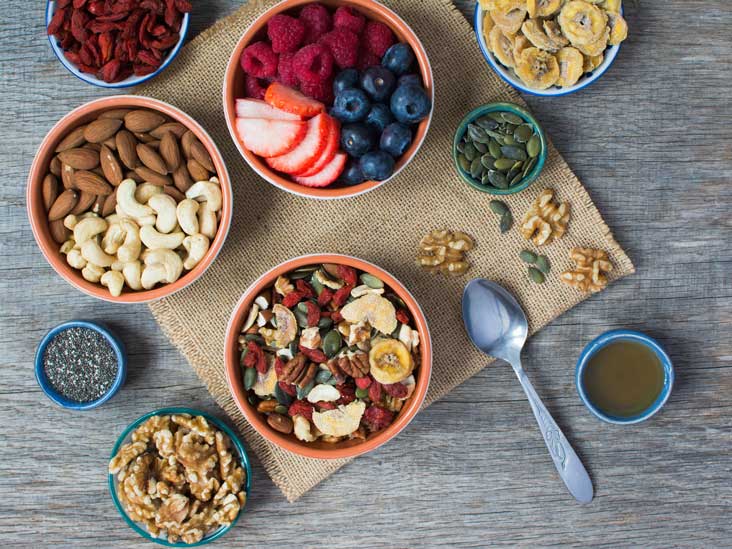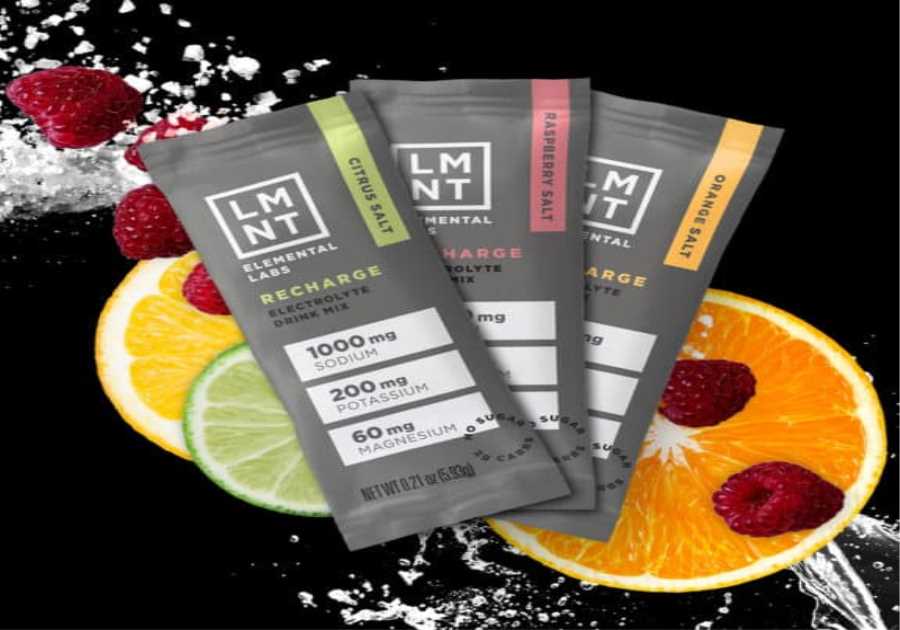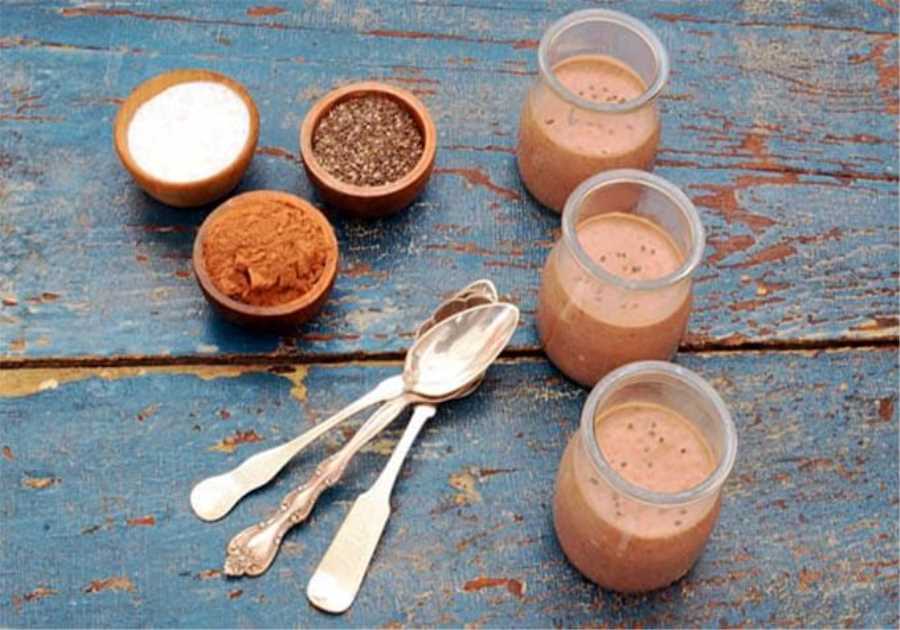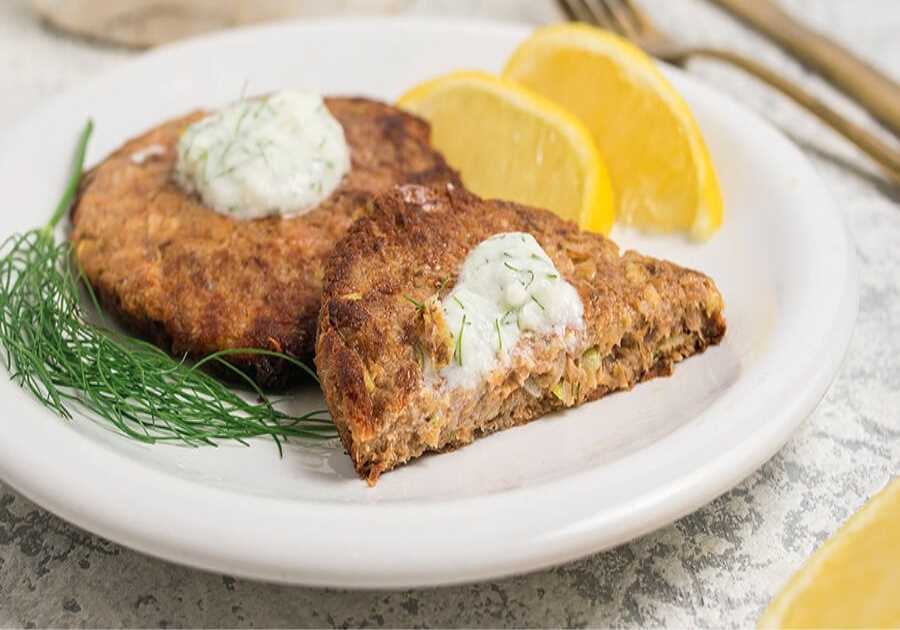
The Paleolithic diet is a diet based on the dietary habits of the ancient hunter-gatherers of the Stone Age. It is also called the caveman diet and the stone-age diet. Some advocates of the diet argue that the foods we eat today are essentially the same as those we ate during the Paleolithic era.
Evidence of benefits for type 2 diabetes
The Paleolithic diet has received a lot of attention for its possible health benefits. These include weight loss, lowering cholesterol and blood pressure, and reducing oxidative stress. It is a plant-based diet that shuns grains and processed foods and promotes the consumption of whole, unprocessed foods.
The diet may have some beneficial effects on blood sugar levels. Research has found that high blood sugar increases the risk of heart disease. But, it's not clear if the Paleolithic diet is effective at preventing the development of diabetes.
Although the evidence for the benefit of the Paleolithic diet for type 2 diabetes is limited, a couple of studies have shown a decrease in fasting glucose concentrations and an increase in insulin sensitivity. Another study showed the Paleolithic diet improved lipid profiles and blood pressure. However, the HbA1c value is not a good indicator of the effects of a diet, and it's important to remember that the diet is not a permanent solution.
Evidence of benefits for cardiovascular risk factors
A paleolithic diet has been shown to improve several cardiovascular risk factors. However, there is a need for more research. This type of eating pattern is hard to sustain for a long period of time.
Paleolithic diet devotees eat a cornucopia of fruits and vegetables. They avoid grains, legumes, and dairy products. The diet also is higher in protein and lower in carbohydrates and fats. In addition, they eat less salt.
The Paleolithic diet has been compared to a Mediterranean-like diet. The results show that the Paleolithic diet was lower in glycemic load (GI). It is an important factor in determining how well the body is able to process food. A low GI/GL diet may reduce the risk of cardiovascular disease.
A Paleolithic diet is high in protein, fiber, and monosaccharides, but low in carbohydrates and salt. These elements contribute to gut health. Adding fiber and whole grains can help keep the digestive tract working efficiently.
While there are not many studies on the effects of the Paleolithic diet, one study suggests that it has a beneficial effect on lipid profiles. Another study found that it decreased systolic blood pressure.
Evidence of benefits for weight loss
The Paleolithic diet is an atypical dietary pattern that has attracted considerable public interest over the past few decades. It is based on a low glycemic index, high in protein and fat, and moderate in carbohydrates. Some Paleolithic diets include legumes and dairy products but exclude most foods that are processed or refined.
In addition to its weight loss potential, the Paleolithic diet is also said to have health benefits. However, it has not been studied extensively. Therefore, more research is needed. Here are some of the studies that examined the Paleolithic diet's impact on weight, blood pressure, and insulin homeostasis.
The most notable finding was that the Paleolithic diet had a significant effect on body weight. This was accompanied by lower blood pressure and lower mean values for hemoglobin A1c and triglycerides. Interestingly, the Paleolithic diet did not reduce the Area Under the Curve (AUC) for glucose and insulin.
High blood sugar and cholesterol are associated with a greater risk of heart disease and kidney disease. People with diabetes are more susceptible to these complications.
Evidence of benefits for celiac disease
Celiac disease (CD) is a serious autoimmune disease characterized by a gastrointestinal inflammatory response to gluten, a protein found in wheat, rye and barley. It causes the destruction of the intestinal lining and may result in death. In addition to destroying the intestine, the CD is linked with increased levels of harmful bacterial species.
The incidence of CD is increasing worldwide. Researchers have identified several genes that increase the risk of CD. These are called Celiac Risk genes. They are subject to strong selective pressures and are thought to play a role in the development of CD.
During the Paleolithic period, humans consumed whatever they had access to. They ate a variety of plant and animal foods. However, the diet was low in grains and dairy.
During the Neolithic transition, domesticated grains were introduced into the diet. This was accompanied by an increase in gluten consumption.
Dietary gluten may also act as a prebiotic, feeding "good" bacteria in the body. A paleo approach may encourage total healing of the gut.
Frequently Asked Questions
How can the Paleo Diet fit your lifestyle?
Paleo living isn't just about eating right. It is about making a positive change in your life. This includes everything from your diet and fitness to your relationships, career, and health. It requires dedication and commitment to make sure it fits in your busy schedule.
The key to making this transition is understanding the paleo diet and what can be substituted. People find that grocery shopping, meal prep, and recipe research become an integral part of their daily routine. If you are following strict paleo, each detail matters. So make sure to check every item before you place it in the shopping cart.
It makes sense for busy people to find ways to eat well while still having the option to grab snacks or prepare meals ahead of time. Takeout may not seem like an option if you're looking to maximize your nutrition intake; however, plenty of restaurants offer low-carb or gluten-free options or accessorized salads. You can have a great night out with creativity and premeditation without having to compromise your goals.
It's important not to let it overwhelm you. However, planning will help you stick to the paleo diet and make it easy to incorporate delicious gourmet recipes into your daily life. Prioritize nutrient-dense ingredients over processed items - focusing on quality protein sources like grass-fed beef and seasonal vegetables - allowing room for some Paleo-approved treats here and there, so you stay energized throughout the day!
How can the Paleo Diet work well for you?
You don't have to be a master of the Paleo Diet in order to succeed. With the right guidance, it is possible to live a healthier lifestyle that makes you feel great.
Experimenting with new foods, discovering what ingredients are truly beneficial for your body, and understanding how your current habits may be holding you back from optimal health can all be made simple and effective with helpful tips from experts in the Paleo field.
It can be exciting to discover how to make Paleo Diet work best for you. You may find yourself looking at different options and making small tweaks to your life as you go.
Assessing which foods are rich in nutrients can help you improve your energy, digestion and mental clarity. It is important to learn about the best nutrition options for your body so that you can stay motivated.
Consistency is about being mindful of portions and how much you can eat without feeling guilty. Changes are not only about creating new patterns, but also about making them last.
You cannot underestimate the transformative power that real nutritional benefits can have on your body. Taking charge of what goes into your body has immense power, so take control today and show yourself once again why the Paleo Diet is worth it!
What food group should you avoid on a Paleo diet
The dramatic health benefits of avoiding grains and legumes, dairy products, and processed foods are possible. This is why Paleo has been so popular in recent years.
What many people don't know is that there are specific food groups that should be avoided if they want to follow this diet. You must eliminate all foods containing dairy, grains, legumes, and processed ingredients.
This means saying goodbye to bread, pasta, pizzas, chips and crackers, and baked goods like cakes and cookies. And you'll want to reduce consumption of conventional dairy products such as milk and cheese.
Also, avoid processed foods such canned soups and frozen meals. Without these hidden sources of empty calories, refined carbohydrates, and unhealthy fats, your body will begin to thrive!
Paleo is the perfect way to get back to your nutrition and to enjoy great meals. It's a great choice!
Can you eat popcorn on the Paleo diet?
When exploring the Paleo diet it is important to be informed about the best snacks and meals that fit into the plan. Popcorn is a popular food that can prove difficult to include. Can you eat popcorn on the Paleo diet?
It's not easy to answer because it's made of corn, which is a vegetable that doesn’t follow Paleo guidelines. However, it's not inherently unhealthy. Traditional popcorn isn’t recommended if your Paleo diet includes high-carbohydrate intake.
There are other options, however. Coconut milk popsicles may satisfy your need for crunchy, salty treats but not affect your nutritional balance. If you prefer making your own snacks, almond flour and cauliflower crackers are great options!
Regardless of what snack you choose while on this diet, read labels and ingredients carefully before purchasing any packaged foods. You won't be tempted to eat refined sugars or other added sugars if you are trying to achieve your nutrition goals.
So explore all options available when deciding which snacks will work for you on the Paleo diet - including popcorn - to find those that fit into your daily meals perfectly!
Statistics
- One study cited in the article, published in the European Journal of Clinical Nutrition, found that calcium intake levels among followers of the paleo diet were as low as 50 percent of the recommended daily value. (everydayhealth.com)
- Carbon Footprints and Diet Quality of 5 Popular Eating Patterns as Reported by US Consumers". (en.wikipedia.org)
- (3) The paleo diet eliminates dairy because its advocates say many people are lactose intolerant and because eating dairy has been associated with Crohn's disease, among other claims, according to a popular paleo diet website. (everydayhealth.com)
- You can throw these into any delicious paleo recipe (or make up your own) and be 100% sure that you're paleo diet compliant :). (ultimatepaleoguide.com)
- (9) These are just some reasons they're nixed from a paleo diet plan, according to a popular paleo diet website. (everydayhealth.com)
External Links
thepaleodiet.com
academic.oup.com
pubmed.ncbi.nlm.nih.gov
- PubMed: A scoping review of Paleolithic eating patterns: a definition proposal
- Side effects and health benefits of coffee: a review and update for dietitians/nutritionists - PubMed
paleoleap.com
How To
How can I get started with a paleo diet
Paleo eating can make it difficult to begin your journey to a healthier, balanced lifestyle. But there is no need to feel overwhelmed or uncertain! This ancestral approach will help you thrive with the right information and motivation.
Starting with simple swaps can make all the difference. Start by removing any processed or packaged foods containing sugar, wheat, corn, grains, dairy and trans fats from your diet. Next, add fresh fruits and veggies to every meal and include lean meats as well as fish. You can also opt for wild-caught seafood as another nutrient-rich choice.
In addition to trying new recipes with lots of flavour and inspiration, remember that meal prepping is key - it will keep you motivated to stay on track during those busy days! Take advantage of resources like YouTube channels, cooking blogs, books, and apps for plenty of meal ideas, so you never get bored.
Consistency is a must when it comes to any dietary change - as long as you focus on quality over quantity while drinking plenty of water throughout the day and exercising regularly, you are off to a great start! Paleo might seem intimidating at first but it is possible to achieve your ultimate nutrition goals quickly if done correctly.
It is important to remember that while the Paleo diet is based on a hunter-gatherer eating style, it does not mean you need to eat exactly what your ancestors ate. Instead, eat whole foods, such as fruits and vegetables, nuts and seeds and lean proteins. Include a wide variety of food types from each food group to ensure you have a varied diet. Don't forget about your body, and adapt your diet as necessary.






